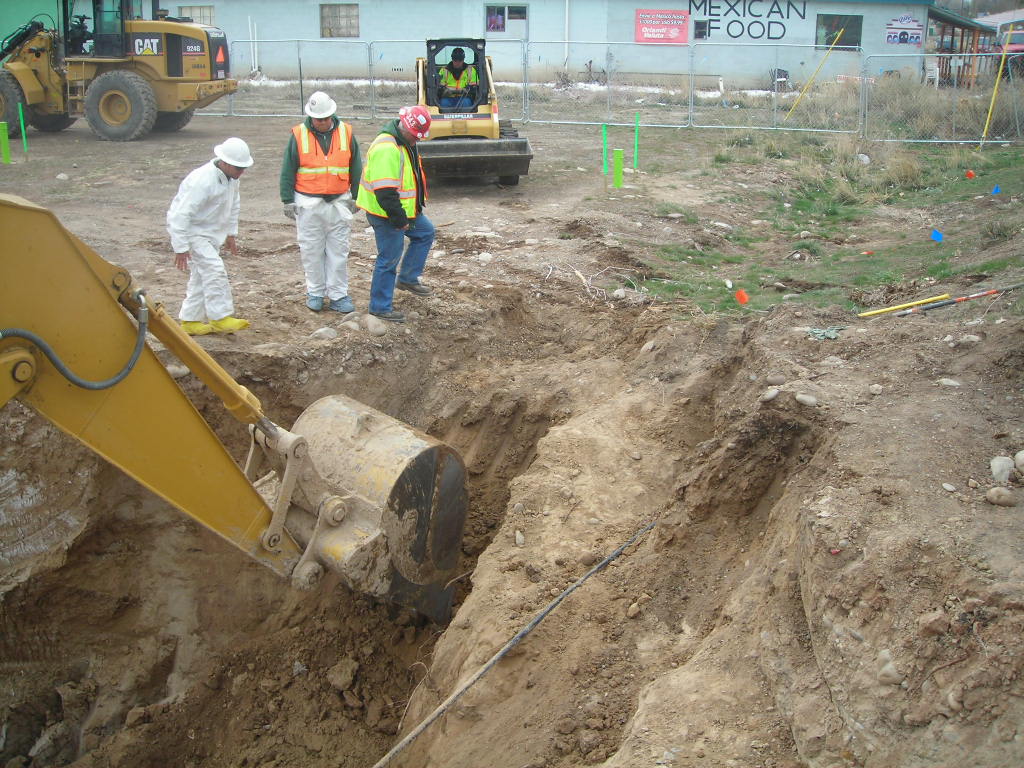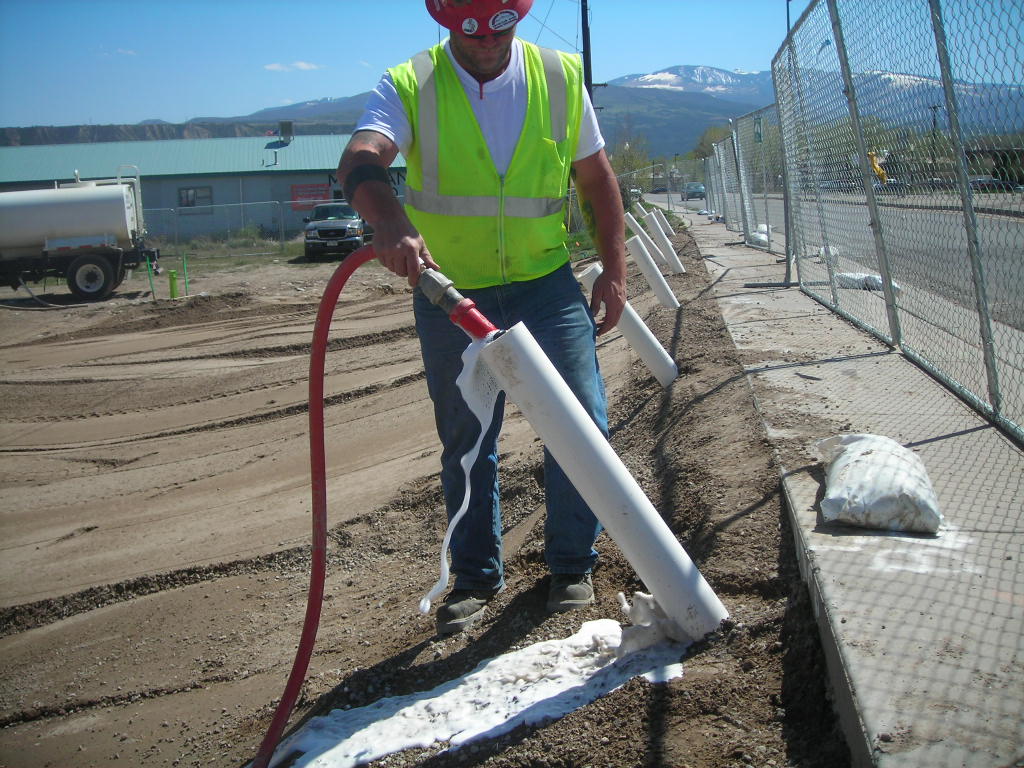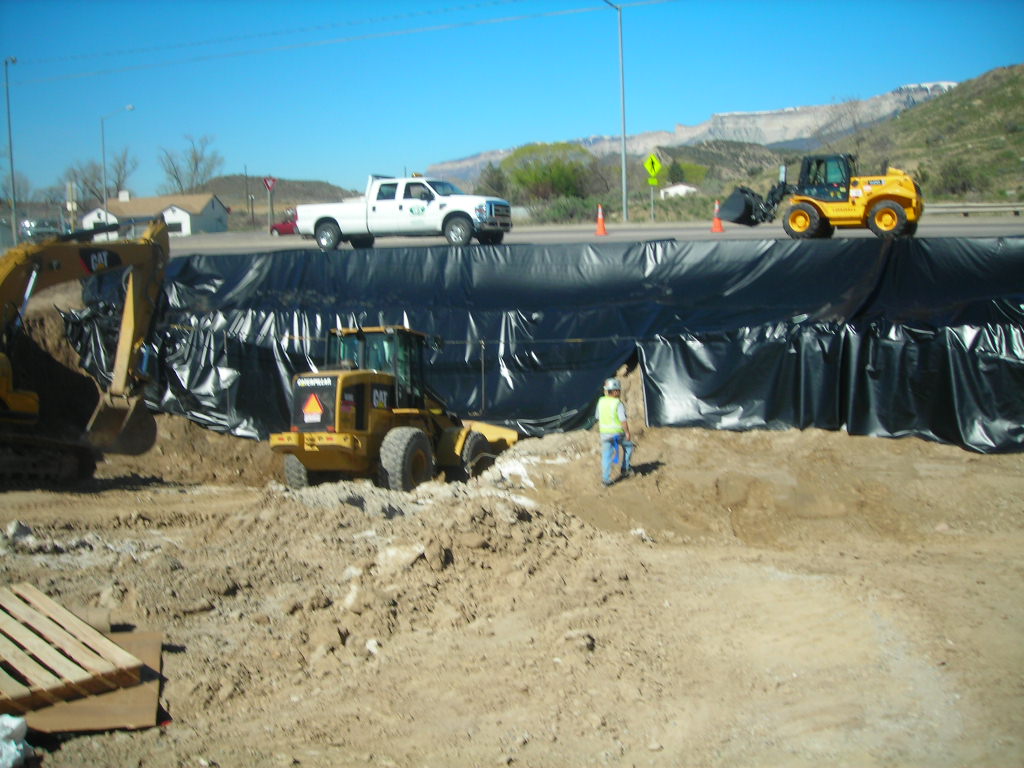A tanker carrying an estimated 8,000 gallons of natural gas condensate oil crashed and spilled the contents onto a Colorado Department of Transportation R.O.W., vacant lot, and municipal stormwater conduits. Multiple berms and containment dikes were placed to prevent the release from reaching local waterways, specifically Rifle Creek. Sundance personnel and emergency response crews utilized vacuum trucks, power-washing units and heavy equipment to collect standing product throughout the various spill pathways. The spill pathways included streets, gutters, storm sewers, parking lots and private property. After ensuring that Rifle Creek was properly protected, crews flushed the impacted storm sewer and collected the rinsate for disposal. All impacted streets, parking lots and gutters were power-washed and all rinsate collected for disposal as well. All liquid wastes generated by the initial release and subsequent remediation efforts were transported to a frac tank off site for storage until disposal could be arranged. Heavy equipment was used to remove the berms and containments placed by initial responders and the impacted material was moved to the crash site for staging until disposal could be arranged.

Once the initial emergency clean-up was accomplished, Sundance conducted an investigation at the crash site. The private property adjacent to the crash site was visibly impacted due to the release, with the spilled condensate oil contained within a berm. Sundance and crews performed an exploratory excavation in the release area to determine initial extent of ground penetration and potential risk to ground water. After determining that there was no immediate threat to ground water, Sundance began working with the client, and regulatory agencies to develop an appropriate remediation plan in accordance with regulatory guidelines. Soil impacts beneath the roadway and sidewalk and around utilities were not feasibly removable and CDOT allowed levels of contamination to remain in place with the provision of a treatment plan. A 6% solution of Microblaze was applied to soil beneath the roadway with an infiltration gallery of 9 horizontal infiltration points advanced to 4 to 8 feet and placed 10 feet on center.

The solution was applied directly after installation of the infiltration gallery and again one week later. Microblaze solutions were also applied to the walls of the excavation, stormwater conduits, and impacted asphalt and landscaped areas. With the application of the Microblaze solution, this area of residual impacts will biodegrade over time.
An impermeable vapor barrier was installed between the utility R.O.W. and the clean backfill placed in the excavation on the privately owned vacant lot to prevent potential contaminant migration and vapor intrusion.

